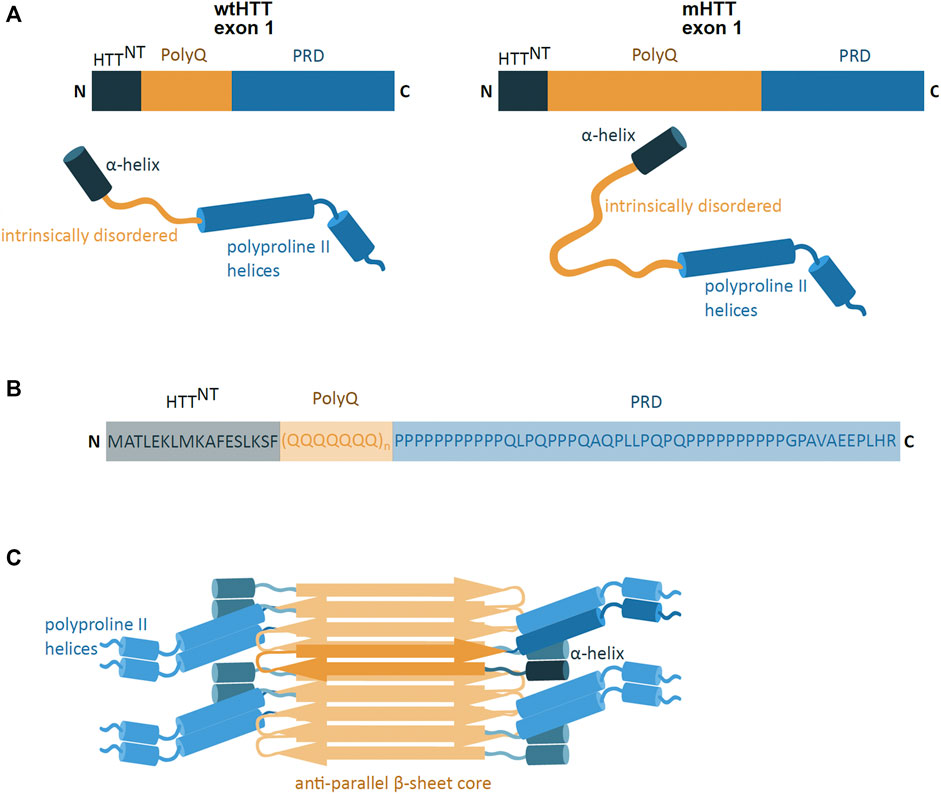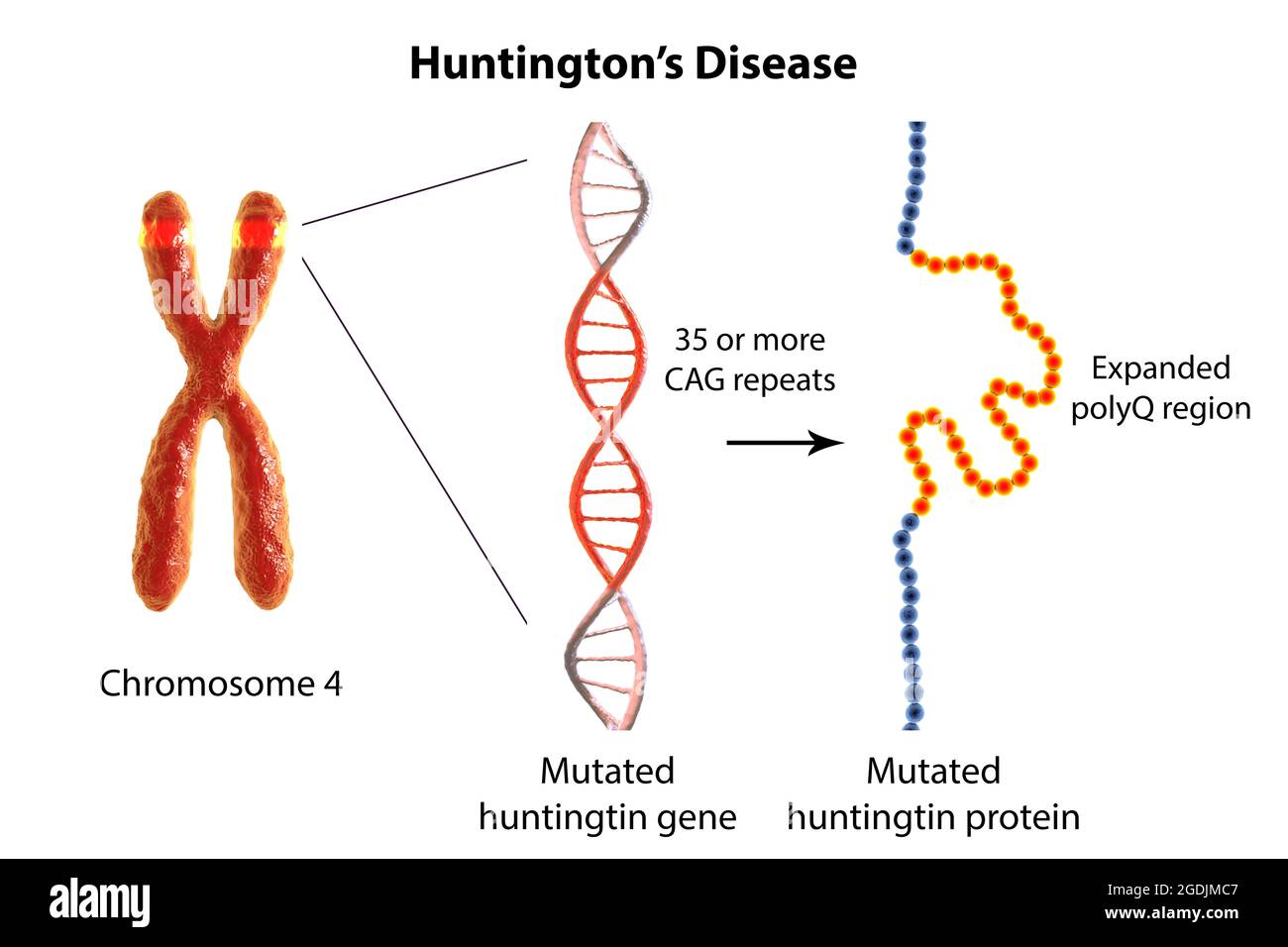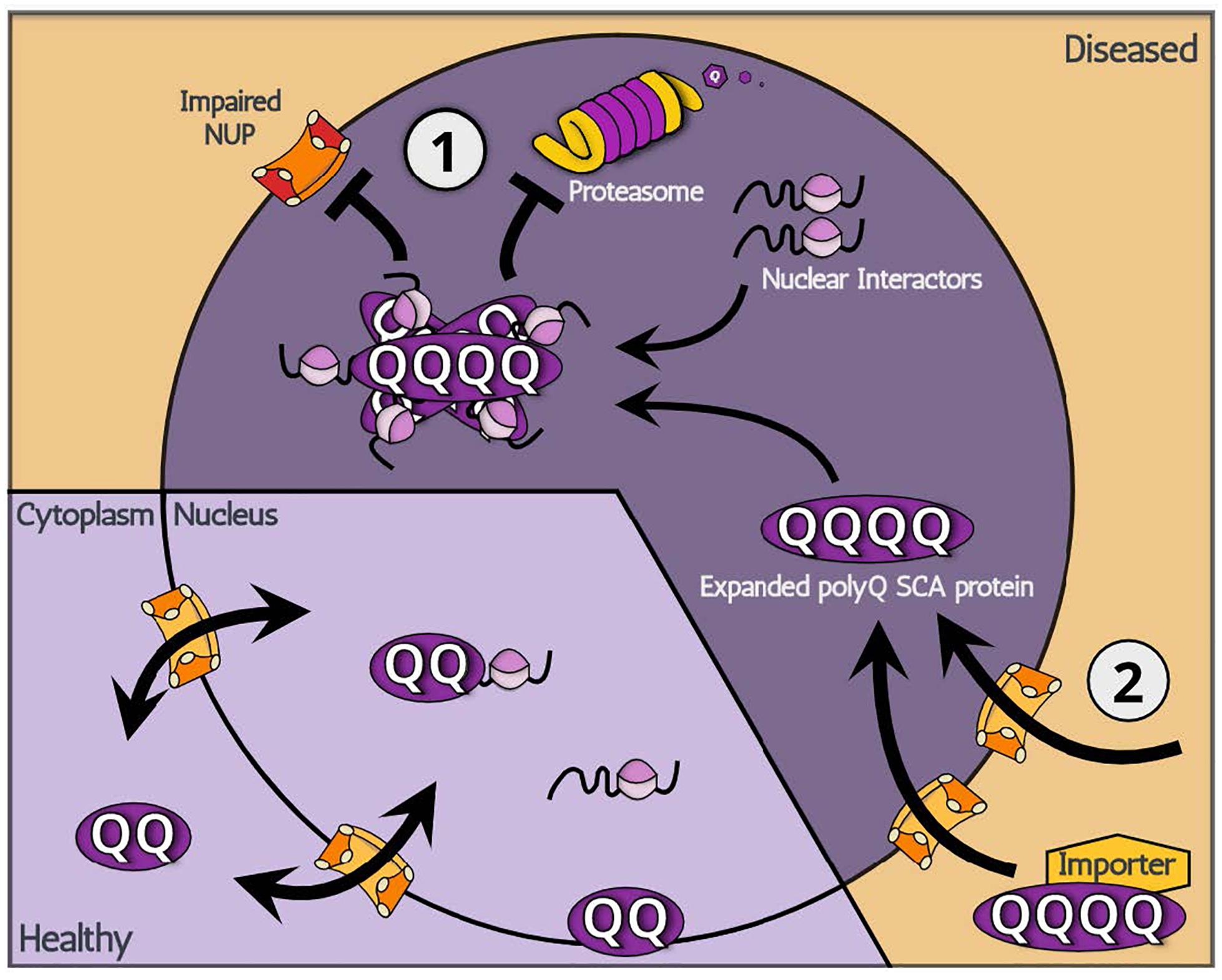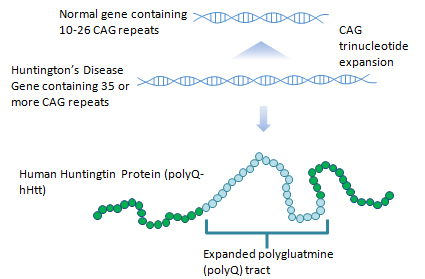
Proposed mechanisms of cytotoxicity of the expanded polyQ protein and... | Download Scientific Diagram

Sequence Context Influences the Structure and Aggregation Behavior of a PolyQ Tract: Biophysical Journal

Aggregation of polyQ‐extended proteins is promoted by interaction with their natural coiled‐coil partners - Petrakis - 2013 - BioEssays - Wiley Online Library
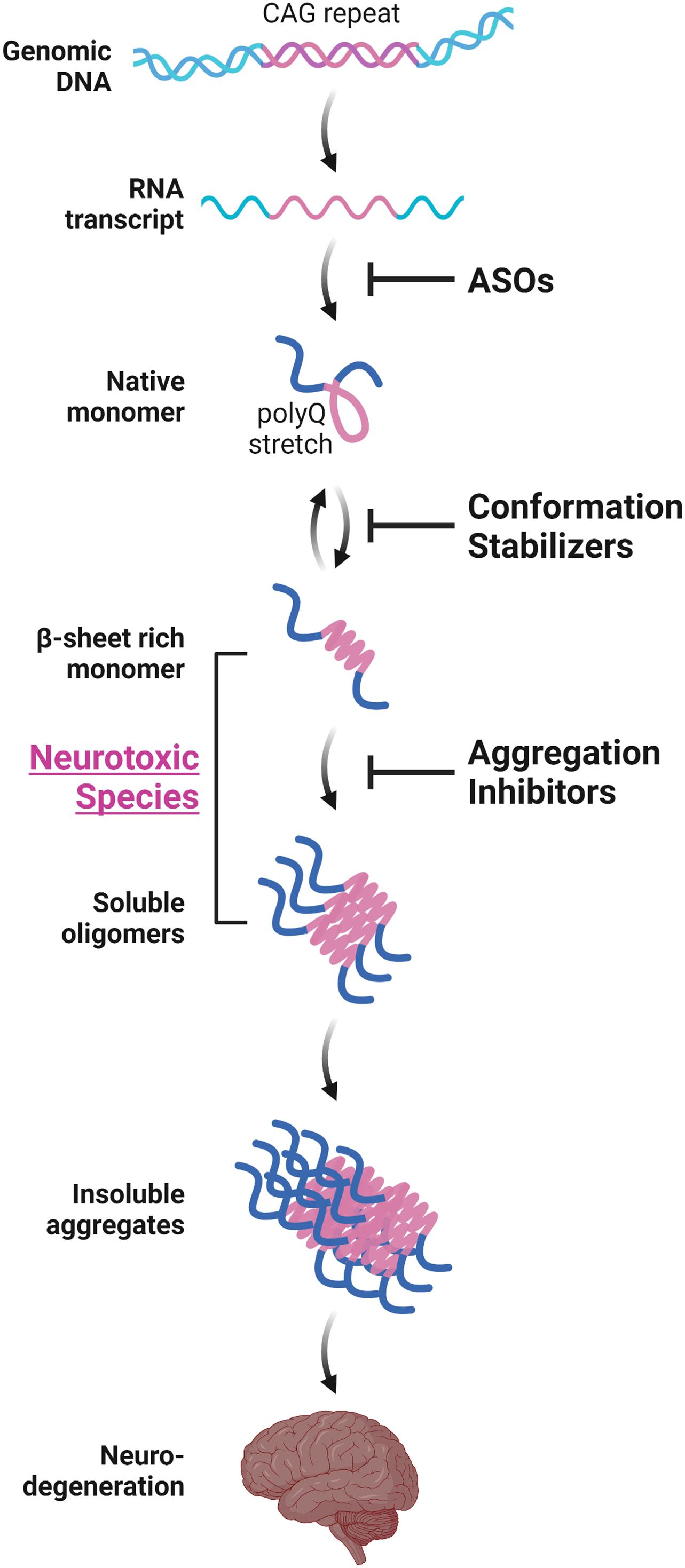
Frontiers | Protein Aggregation Inhibitors as Disease-Modifying Therapies for Polyglutamine Diseases

Live-Cell Imaging and Quantification of PolyQ Aggregates by Stimulated Raman Scattering of Selective Deuterium Labeling | ACS Central Science

Frontiers | Hsc70-4 aggravates PolyQ-mediated neurodegeneration by modulating NF-κB mediated immune response in Drosophila

The folding equilibrium of huntingtin exon 1 monomer depends on its polyglutamine tract - ScienceDirect
Aggregation of PolyQ Proteins Is Increased upon Yeast Aging and Affected by Sir2 and Hsf1: Novel Quantitative Biochemical and Microscopic Assays | PLOS ONE

Htt exon-1 polyQ and compact polyQ proteins used for mammalian cell... | Download Scientific Diagram

Molecular Mechanisms of Polyglutamine Pathology and Lessons Learned from Huntington's Disease | IntechOpen

Autophagy in polyglutamine disease: Imposing order on disorder or contributing to the chaos? - ScienceDirect


